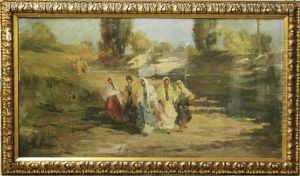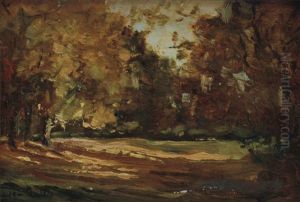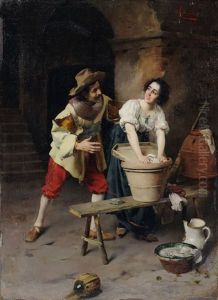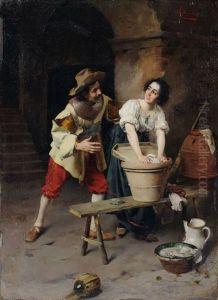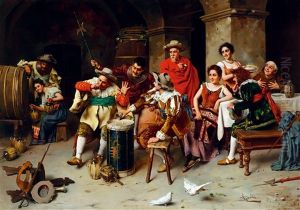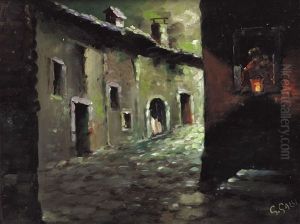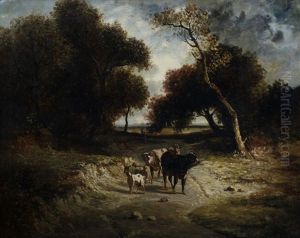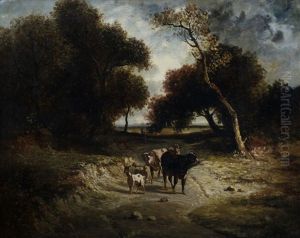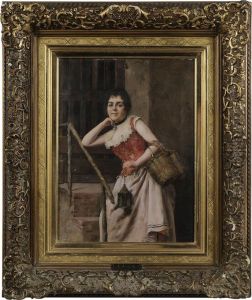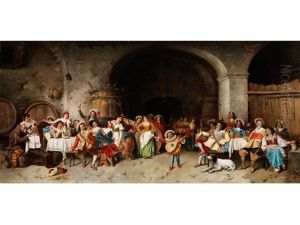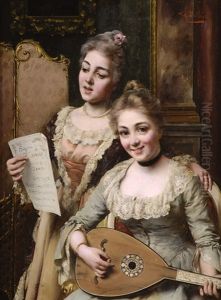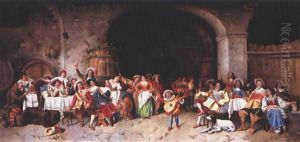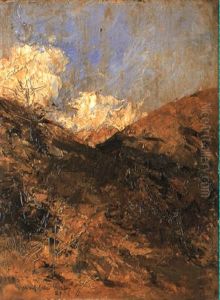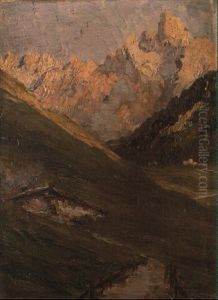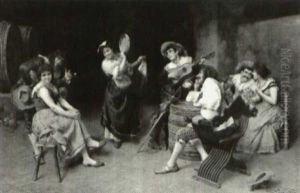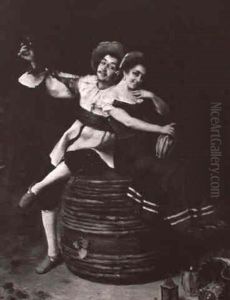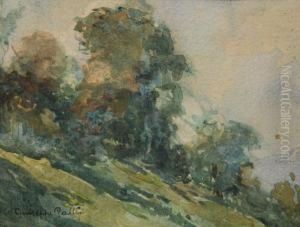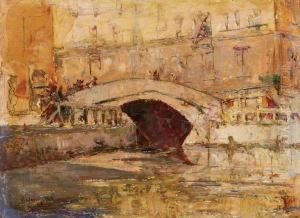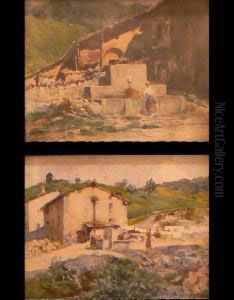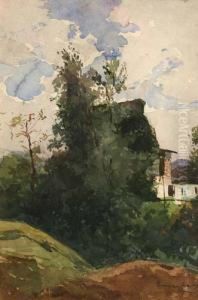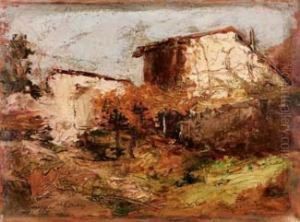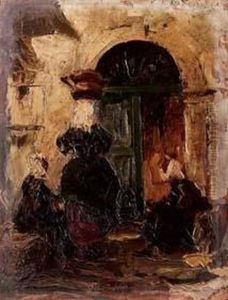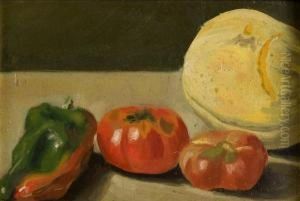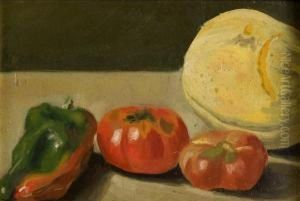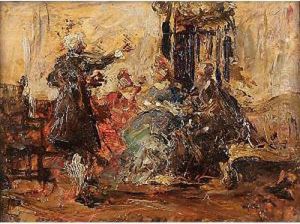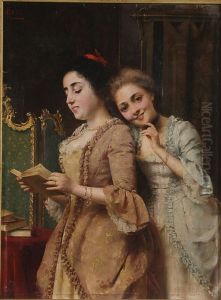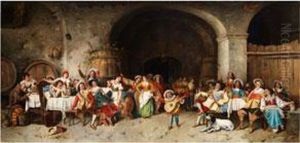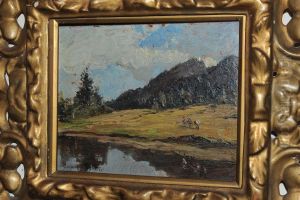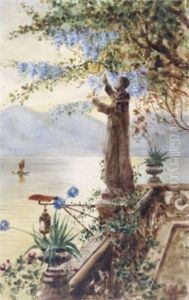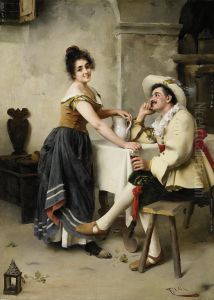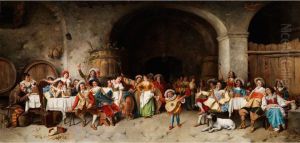Giuseppe Galli Paintings
Giuseppe Galli, also known as Giuseppe Galli Bibiena or Giuseppe Bibbiena, was an Italian architect and painter, belonging to the illustrious Bibiena family, a dynasty of artists and designers that played a significant role in the development of scene painting, stage design, and architecture during the late Baroque period. Born in Parma in 1672, Giuseppe was the son of Ferdinando Galli Bibiena, the founder of the family's artistic tradition, and he was trained within this fertile family environment that was closely associated with theater and pageantry.
Giuseppe’s career was marked by his work in stage design and his contributions to theater architecture, which were highly sought after by the courts of Europe. He was skilled in the art of quadratura, or illusionistic ceiling painting, which extended architecture into the realm of painting and created a seamless integration of the actual with the illusory. Galli Bibiena's work in this area was marked by a rich use of perspective, dramatic light and shadow, and intricate architectural motifs.
In addition to his painting, Giuseppe Galli Bibiena was also an architect. He was responsible for the design of several theatrical buildings, including the Margravial Opera House in Bayreuth, which is considered one of his masterpieces and is now a UNESCO World Heritage Site. His architectural designs often included complex ground plans and elaborate details that reflected the grandiose and theatrical style of the Baroque period.
Giuseppe Galli Bibiena's influence stretched across Europe, from his native Italy to Germany, Austria, and beyond. His patrons included a number of prominent figures, such as the Holy Roman Emperor Charles VI, for whom he worked as a court theater engineer. Galli Bibiena's work significantly influenced the development of the theatrical Baroque style in Central Europe, and his family's legacy continued through his children, who also became notable artists in their own right.
Giuseppe Galli Bibiena died in 1743, leaving behind a body of work that captures the spirit of the Baroque period and continues to be studied and admired for its creativity and technical mastery.
